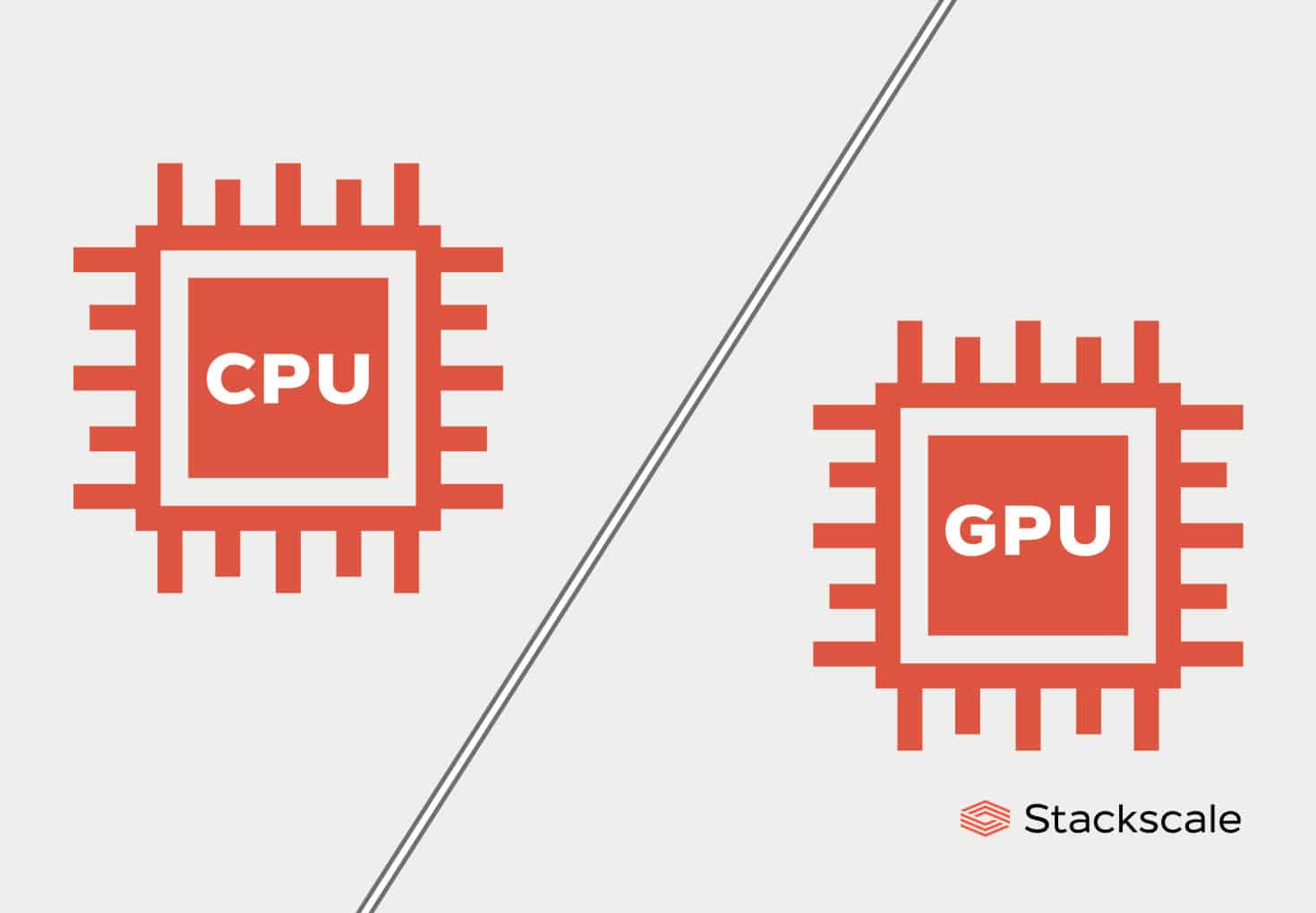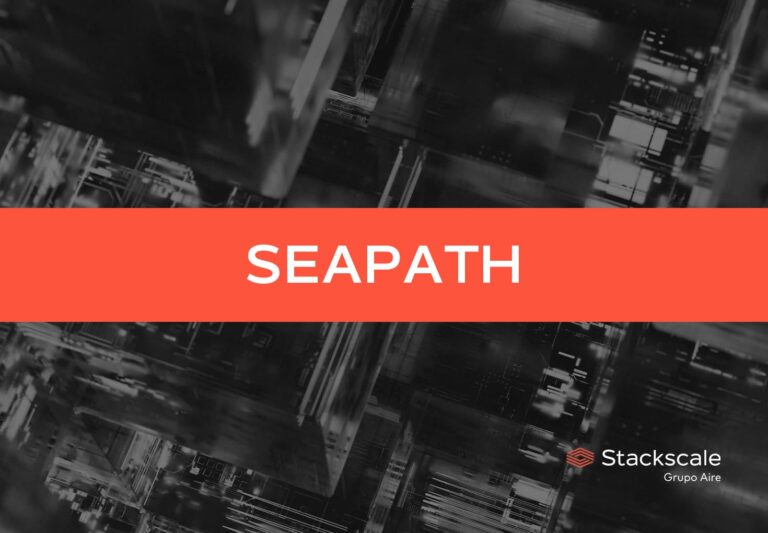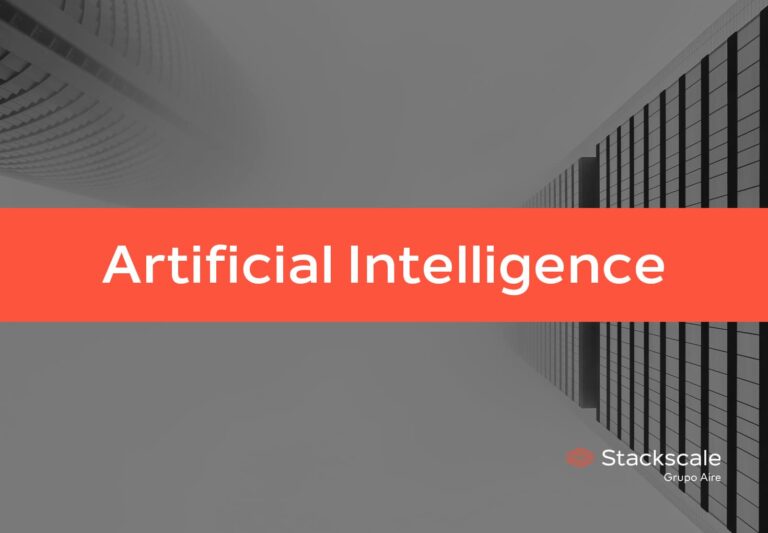Both the CPU and GPU are processors intended to process and execute diverse types of instructions and tasks. Even though they serve different purposes and offer different benefits, both of them are an important part of high-performance servers. They can indeed work together to deliver further processing power.
One of the main differences is that CPUs are intended for serial processing, while GPUs are intended for parallel processing. This significantly defines the particular features and use cases of each type of processor.
To answer the CPU vs GPU question, let’s start by defining both of them.
CPU: Central Processing Unit
A CPU or Central Processing Unit is a silicon-based, general-purpose processor, composed of an electronic circuit, designed to receive and execute instructions; basic arithmetic, logic, control and input/output operations included. It is to say, the CPU is considered as the brain of servers and computing systems, which cannot operate without it.
Modern processors are composed of multiple processing cores, which can be able to process several threads simultaneously thanks to Intel’s technology called “hyperthreading”. Therefore, CPU efficiency increases along with the number of processing cores.
CPUs can be used for a wide range of workloads and applications: serial computing, running database management systems, operating systems, etc. Besides, they are specially optimized for delivering low latency and high per-core performance, because processing cores focus on getting individual tasks done quickly.
GPU: Graphic Processing Unit
A GPU or Graphic Processing Unit is a silicon-based, specialized processor, composed of an electronic circuit, optimized for manipulating computer graphics and image processing. As opposed to the CPU, it is not essential for a server to operate.
However, the combination of a CPU and a GPU allows handling a wider range of tasks more efficiently and increasing processing speed. For instance, our dedicated servers featuring NVIDIA Tesla T4 GPU 16 GB are powered by 2nd generation Intel® Xeon® Scalable Processors to enable data processing acceleration at the best performance/price ratio.
GPUs are composed of hundreds and even thousands of processing cores and its parallel architecture allows dividing tasks into parts to run them simultaneously on multiple cores. This allows handling thousands of threads in parallel, delivering massive performance.
Moreover, although GPUs were initially used to accelerate video gaming and graphics, they are now essential in many fields, such as: the automotive or the healthcare industries. They can be used for a wide range of workloads and applications: image recognition, Artificial Intelligence (AI), supercomputing, etc.
What is the difference between CPU and GPU?
Let’s sum up the main differences between GPUs and CPUs.
| CPU | GPU | |
| Architecture | Optimized for executing tasks sequentially and designed to handle a wide range of complex, general-purpose tasks. More complex Arithmetic Logic Unit (ALU) and control unit. | Optimized for executing tasks simultaneously and specifically designed for parallel processing. Simpler ALU and control unit. |
| Core count | A few powerful cores that execute one task at a time, following the FIFO technique (first in, first out). | Hundreds and even thousands of slower cores, optimized for parallel computing. |
| Memory | Faster cache memory and more memory capacity. | Smaller cache memory and larger memory bandwidth. |
| Performance | Optimized for high single-threaded performance tasks and focused on providing low latency. | Optimized for parallel computations, focused on providing a higher throughput and computational speed. |
| Workloads | General computing, operating systems and a wide range of applications. CPUs can execute a large amount of tasks. | Graphics rendering, robotics, simulations, Machine Learning, Big Data analysis, etc. GPUs can only execute graphics-related tasks. |
| Power consumption | Designed to operate with low power consumption. | Higher power consumption due to their higher core count, but performance is optimized for every unit of energy. |
| Cooling | Generally cooled using small coolers or heat sinks. | Cooled by fans or liquid cooling systems, since they generate more heat. |
To sum up, both GPUs and CPUs are critical components of modern servers and computers. Servers featuring a GPU are key for accelerating high-performance computing, AI and ML, among other workloads. Moreover, in addition to these, there are other processors such as quantum processors, based on aluminum.





